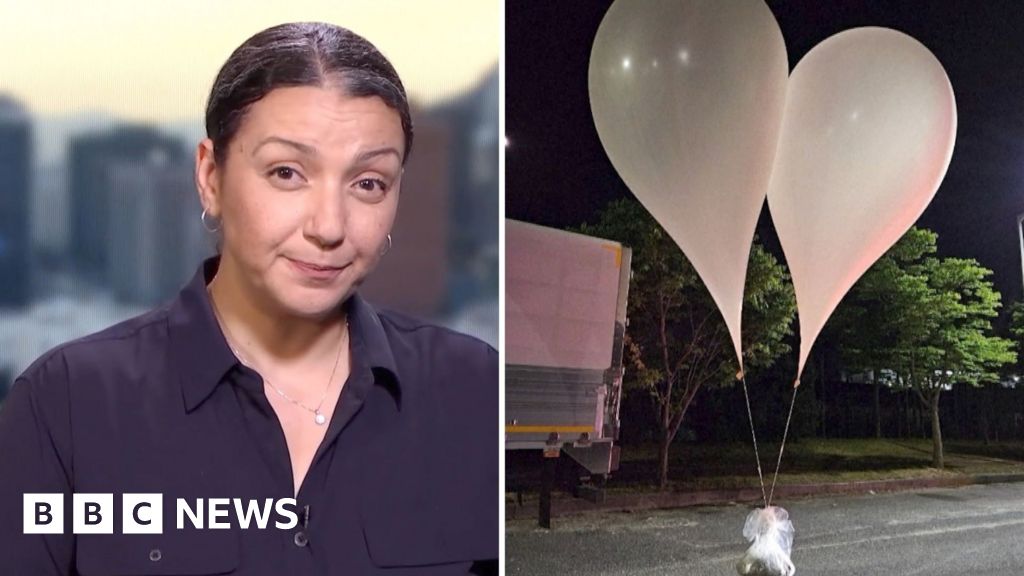North and South Korea Balloon Conflict: A Detailed Explanation
At least 260 balloons filled with suspected excrement, rubbish, and propaganda leaflets have been sent by North Korea over the border into South Korea. This act has caused alarm in the South, prompting the army to inspect and collect the debris. Both countries have a history of using balloons for propaganda purposes since the Korean war in the 1950s. BBC correspondent Shaimaa Khalil provides insight into the latest developments in this ongoing conflict.
Significance of Balloon Warfare in Korean Peninsula
The use of balloons as a tool for spreading propaganda is not new in the Korean peninsula. Both North and South Korea have utilized this method as a means of psychological warfare against each other. The recent escalation in balloon activity highlights the tension and animosity between the two nations. The South Korean government’s response to the airborne debris underscores the seriousness of the situation and the potential for further conflict.
International Reaction and Diplomatic Implications
The international community has been closely monitoring the situation between North and South Korea regarding the balloon conflict. The use of such tactics raises concerns about stability in the region and the potential for military escalation. Diplomatic efforts are underway to address the issue and prevent further provocations. The United Nations and other global organizations are urging both countries to exercise restraint and seek peaceful resolutions to their differences.
In conclusion, the balloon conflict between North and South Korea continues to pose a threat to regional stability. The use of propaganda-filled balloons underscores the deep-rooted animosity between the two nations and the challenges of achieving lasting peace on the Korean peninsula. It is essential for all parties involved to engage in dialogue and diplomacy to de-escalate tensions and prevent further incidents.




